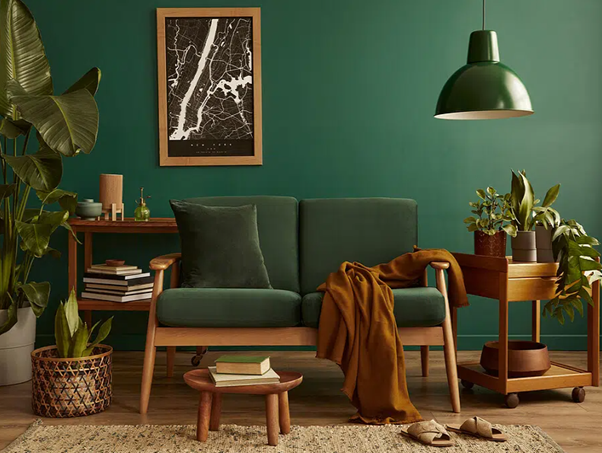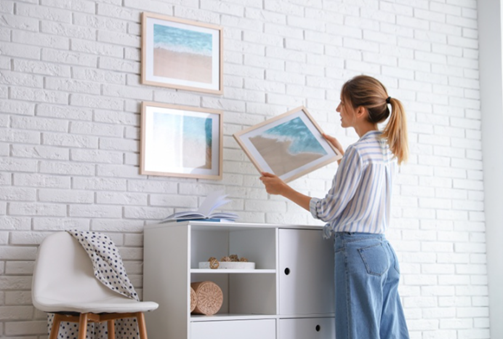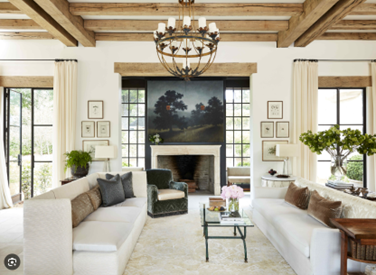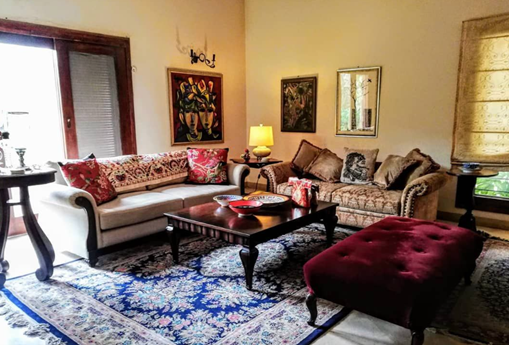
Image Source: ameradnan
In the realm of interior design, the fusion of tradition and modernity is a delicate dance, especially in a culturally rich country like Pakistan. The challenge lies in honoring the deep-rooted heritage while embracing the convenience and aesthetics of contemporary living. This article delves into the art of crafting Pakistani living spaces that seamlessly blend tradition and modernity, creating environments that are not only visually appealing but also deeply evocative of the country’s diverse cultural tapestry.
Embracing Craftsmanship and Artisanship
The first step in harmonizing tradition and modernity is to celebrate Pakistan’s rich history of craftsmanship. Hand-carved woodwork, intricate tile patterns, and bespoke textiles are integral elements that infuse a space with tradition. By incorporating these artisanal touches into contemporary designs, designers can create living spaces that pay homage to Pakistan’s artistic legacy.

Image Source: Astro talk
Balancing Elements of Culture
Every region in Pakistan boasts a distinct cultural identity, reflected in its architecture, art, and textiles. Interior designers can draw inspiration from these diverse influences to create spaces that feel authentic. For example, Balochi rugs, Sindhi pottery, or Punjabi embroidery can serve as focal points, grounding the design in the country’s cultural heritage.

Image Source: Interior Designs
Utilizing Natural Materials
Traditionally, Pakistani homes have been built using natural materials like wood, clay, and stone. Integrating these elements into modern designs not only brings a sense of authenticity but also promotes sustainability. Incorporating exposed brick walls, wooden beams, or handcrafted terracotta tiles can add warmth and texture to a space.
Open Floor Plans for Contemporary Living
Modern living often demands open, fluid spaces that encourage interaction and versatility. This can be achieved by incorporating open floor plans, where living, dining, and kitchen areas flow seamlessly. Traditional Pakistani homes, such as havelis, are often characterized by central courtyards that create a sense of openness.

Image Source: pinterest
Adapting Furniture and Décor
Mixing contemporary pieces with vintage or antique finds can create a visually dynamic and culturally resonant interior. For instance, pairing a sleek, modern sofa with intricately carved wooden coffee tables or adorning a minimalist space with vibrant, hand-painted ceramics can strike a harmonious balance.